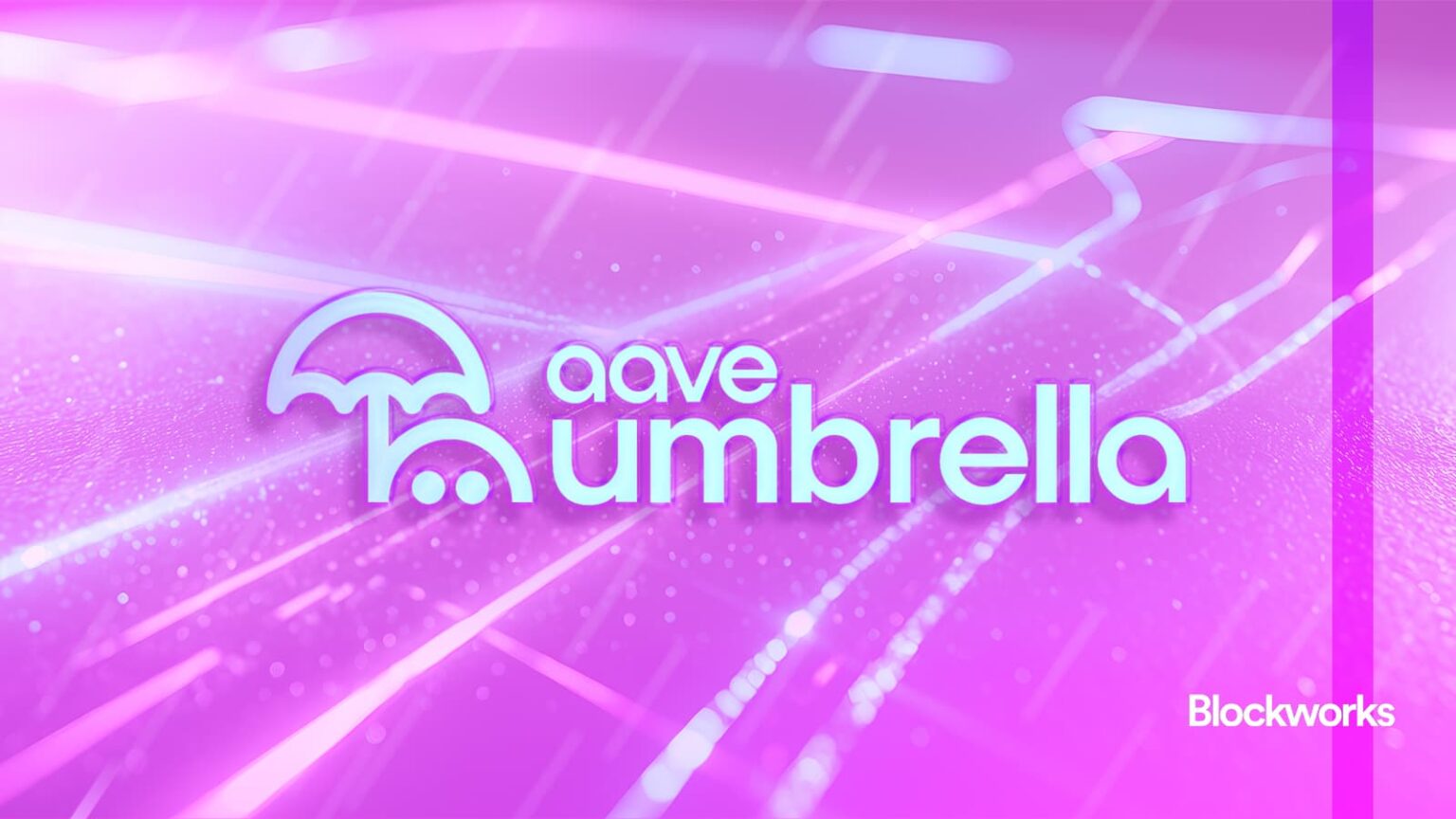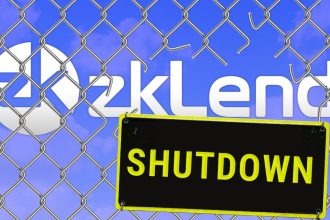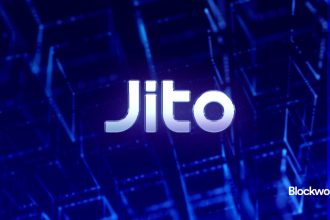Segment from 0xResearch Newsletter
Aave Introduces Umbrella Staking System
Aave’s new Umbrella staking system went live, replacing the protocol’s theoretical insurance model (stkAAVE, stkAAVE-ETH LP) with an on-chain, automated safety mechanism.
Current yields on USDC and USDT vaults exceed 10%. However, a mismatched reward structure for Aave’s GHO stablecoin creates an unusual dynamic for yield-seeking holders.
Previously, the Safety Module (SM) acted as a backstop but never executed slashes due to governance influences. Umbrella introduces an autonomous system that triggers slashes against vault deposits when asset bad debt exceeds preset thresholds.
Goals include enhancing the credibility, capital efficiency, and alignment of the protocol’s insurance fund with actual user behavior.
How Umbrella Works
Each Umbrella vault is an ERC-4626 strategy for staking yield-bearing assets like deposited USDC/USDT or ETH, and staked GHO.
Users earn two streams: underlying lending APY and “Safety Incentive” rewards that follow an S-shaped curve, with peak emissions at the vault’s “Target Liquidity” and reducing above/below.
Upon an asset-specific shortfall, the protocol automatically triggers a slash after a configurable “first-loss offset” (currently 100,000 units per asset), bypassing governance votes, auctions, or delays.
A 20-day lock-up period precedes withdrawals, with a two-day exit window.
Migration: New Names, New Risks
The shift to Umbrella affects existing stakers:
- stkAAVE/stkAAVE-ETH-LP tokens stay active with disabled slashing functionality, now mainly serving governance power with residual yield.
- stkGHO vaults transition to sGHO tokens, removing slashing risk and cooldown periods but maintaining Merit program rewards (~7% APY).
- A new stkGHO-Umbrella vault is launched for stakers willing to take slashing risk, currently offering lower ~5% APY.
Umbrella’s reduced yields for high-risk sGHO vaults have prompted user complaints and governance forum discussion. Current incentives include Merit/ASR, while Umbrella vaults depend on protocol emissions.
Plans are underway to address the yield disparity via Aave Improvement Proposals (AIPs) focusing on Merit reward reallocation or emission cap increases.
Assessing the Risks
Umbrella offers more timely coverage than the legacy system but operates under narrower, specific triggers associated with individual asset bad debts above a buffer.
Compared to holding AAVE (backing generalized risk), staking stablecoins provides a more targeted risk-return profile. Nonetheless, liquidity lock-up and smart contract risks persist.
Yield-chasing stakers can rotate into under-target vaults (waUSDT/waWETH) or opt for risk-free sGHO until emissions adjustments take effect.
Fully on-chain Umbrella deployments on L2s are planned. Long-term, the legacy Safety Module may be phased out entirely.
Ultimately, Umbrella marks a significant evolution from optional protection to instantaneous, genuine smart contract insurance, better aligning staker interests with the protocol’s safety goals.












